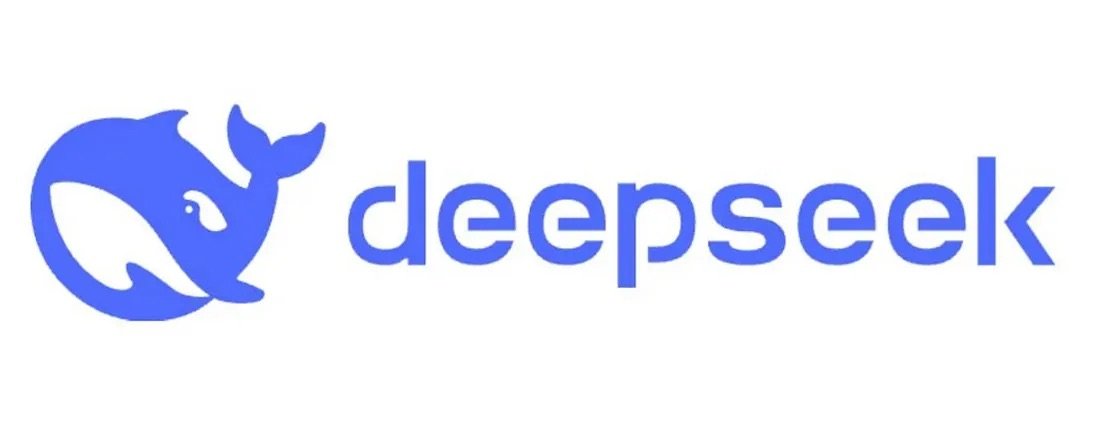From Hype to Disillusionment: Why the Generative AI Revolution Needs a Reality Check
The Rise and Fall of AI Euphoria
When ChatGPT 3.5 burst onto the scene in late 2022, it felt like magic. For the first time, millions of people—developers, creatives, students, and executives—interacted with a tool that promised to democratize intelligence itself. OpenAI, the poster child of the generative AI revolution, became synonymous with innovation, ambition, and the future. But as the initial awe faded, cracks began to surface. Now, with DeepSeek’s recent exposé revealing systemic overpricing and underdelivery by OpenAI and other AI startups, the industry faces a reckoning: Was the generative AI boom built on empty promises?
The OpenAI Paradox: Pioneers or Profiteers?
OpenAI deserves credit for igniting the generative AI gold rush. While Google’s DeepMind languished in research labs, prioritizing caution over commercialization, OpenAI took a Silicon Valley approach: move fast, break things, and monetize faster. ChatGPT’s viral adoption forced Big Tech to scramble, but the rush to dominate the market came at a cost.
Key Revelations from DeepSeek’s Report:
- Performance Plateaus: GPT-4, touted as a “leap forward,” showed marginal gains over GPT-3.5 in real-world tasks, despite its $100M+ training budget.
- Skyrocketing Costs: API pricing for enterprise clients ballooned by 300%+ since 2023, with opaque “premium tiers” locking out smaller developers.
- Ethical Shortcuts: Pressure to ship products led to reduced safety testing, resulting in PR disasters (e.g., AI-generated misinformation, biased outputs).
- The Startup Domino Effect: Copycat AI firms, desperate to compete, inflated valuations while delivering “me-too” products with minimal differentiation.
Why DeepMind’s Caution Might Have Been Right
Google’s DeepMind, famous for breakthroughs like AlphaFold, has long prioritized rigorous research over rapid commercialization. Critics called this hesitation a failure to innovate, but DeepSeek’s findings suggest a different narrative: DeepMind’s reluctance to release half-baked tools may have spared the industry from OpenAI’s pitfalls. While OpenAI raced to monetize, DeepMind focused on solving foundational challenges in AI safety, energy efficiency, and interpretability—problems that still plague today’s generative models.
The irony? OpenAI’s original mission was to “benefit humanity,” but its pivot to profit-driven imperatives (spurred by Microsoft’s $10B investment) mirrors the corporate capture it once vowed to avoid.
The Generative AI Bubble: Who Pays the Price?
The fallout extends beyond disillusioned users:
- Startups: Companies relying on OpenAI’s API face unsustainable costs, with many pivoting or shutting down.
- Investors: Billions poured into AI startups with unproven revenue models; a correction is inevitable.
- Consumers: Hype eroded trust. Users now question whether AI tools are productivity boosters or just shiny toys.
Even OpenAI’s leadership admits the problem. Sam Altman recently stated, “We’ve hit a wall in scaling,” hinting that bigger models aren’t the answer. Yet the industry continues chasing parameter counts like a broken scoreboard.
The Path Forward: Rebuilding AI’s Promise
The generative AI revolution isn’t dead—it’s just growing up. To salvage its potential, the industry must:
- Prioritize Transparency: Clear pricing, honest performance metrics, and open-source alternatives (like Meta’s Llama) can democratize access.
- Focus on Utility, Not Hype: Solve real problems—think healthcare diagnostics over AI-generated clickbait.
- Embrace Regulation: Guardrails around ethics, pricing, and competition could prevent another crypto-style crash.
A Necessary Reality Check
OpenAI’s greatest legacy might not be ChatGPT, but the hard lesson it’s teaching the world: Innovation without responsibility is just marketing. As DeepSeek’s revelations fuel skepticism, the AI industry must return to its roots—solving meaningful problems sustainably. The next chapter of AI won’t be written by those chasing valuations, but by builders who balance ambition with integrity.
What do you think?
Is generative AI still a revolution, or has the bubble burst? Share your thoughts below.



